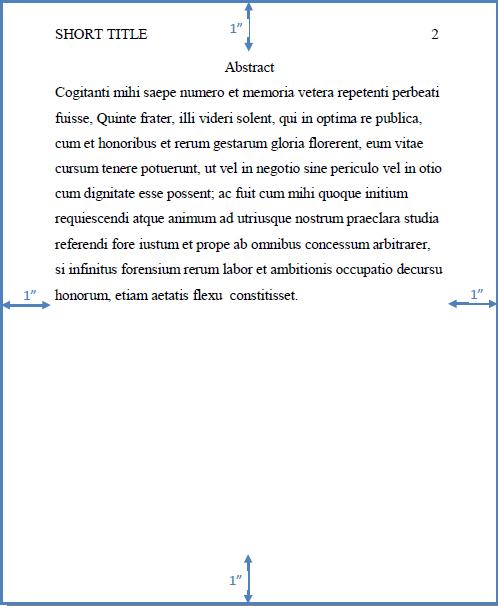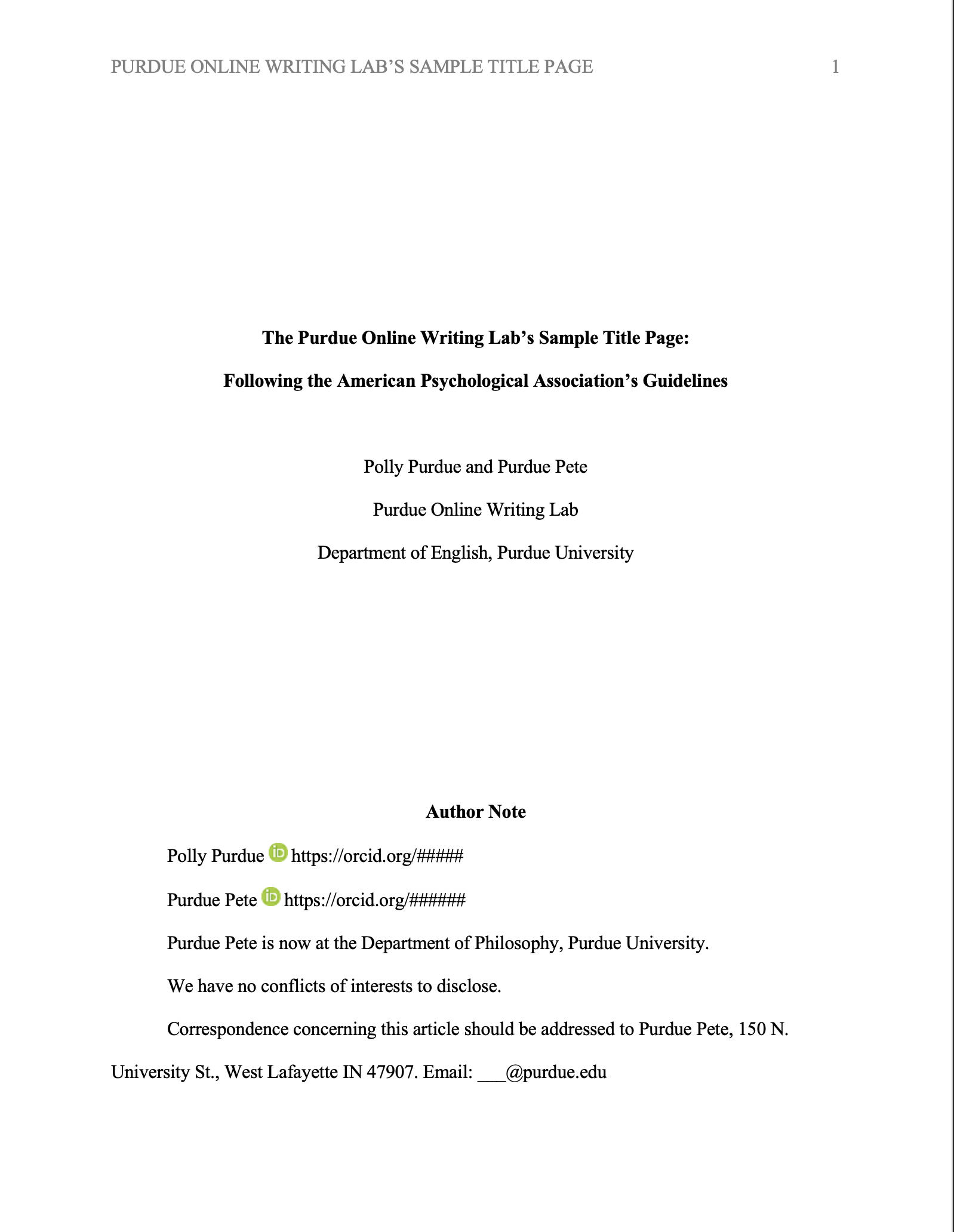According to the American Psychological Association (APA) style guide, a title page is required for most academic papers. The title page is typically the first page of an academic paper and provides important information about the paper, including the title of the paper, the author's name, and the institutional affiliation.
The title page is an important element of an academic paper because it helps to identify the purpose and content of the paper. It also helps to establish the credibility of the author and the institution with which the author is affiliated.
There are specific guidelines for formatting the title page in APA style. The title page should include a running head, which is a shortened version of the title of the paper that is no more than 50 characters long, including spaces. The running head should be placed in the header of the title page, along with the page number.
The title of the paper should be centered on the page, and it should be written in title case, meaning that only the first word and any proper nouns are capitalized. The title should be brief and should clearly communicate the main focus of the paper.
Below the title, the author's name should be listed, followed by the institutional affiliation. The institutional affiliation is typically the name of the university or organization with which the author is affiliated.
In addition to these required elements, the title page may also include an author note, which provides additional information about the author or the research. This may include information about the author's role in the research, any funding sources for the research, or any potential conflicts of interest.
Overall, the APA style guide requires a title page for most academic papers, and it includes specific guidelines for formatting the title page. The title page is an important element of an academic paper because it provides important information about the paper and helps to establish the credibility of the author and the institutional affiliation.







